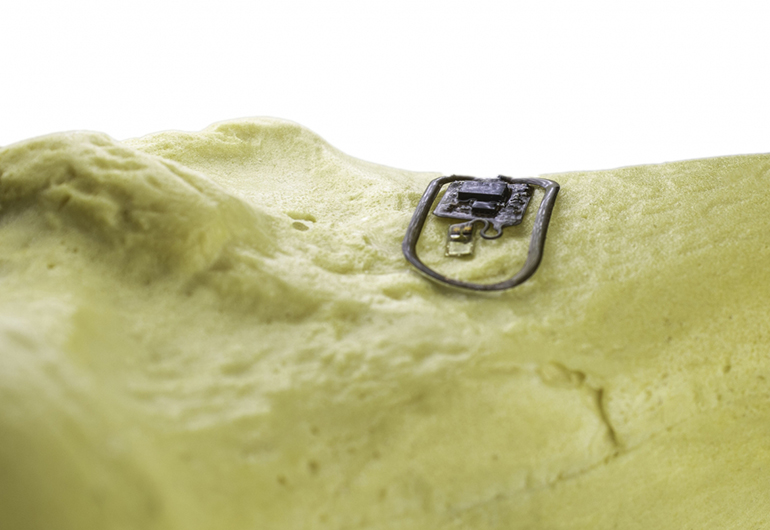As a society, we live amidst a ton of hugely different elements. Now, even though these elements come from contrasting origins, they collaborate at every step to make our lives more guided and meaningful. Over the years, the world has witnessed many by-products that emerged from said collaborations, each one of them moving the needle in a unique way, but if we are to deem one as the most important, it has to be technology. With versatility being a core feature in play here, technology has successfully raised the floor for us across a host of disciplines. Nevertheless, that’s not really all what it did. When allowed the freedom to flourish, technology ended up giving these disciplines a whole new identity, signifying a commitment which has continued to grow ever since. The trajectory of this relationship is clearly evident in how a sector like, let’s say, healthcare has evolved. Using technology’s transformational capabilities, the healthcare sector has brought itself to a point where it is well-equipped to take on any challenge in terms of complicated medical issues. As of day, the unstoppable dynamic looks in an even better shape, as we continue to innovate our way towards a healthier world. A recent push in that direction was delivered by the University of Arizona.
The orthopedic specialists’ team at University of Arizona has completed the development of an ultra-thin wireless sensor, which is designed to monitor our bone health for long duration. As per what we know so far, the device will be looking to gauge several physiological factors such as bone strain and temperature. Apart from that, the device is said to be particularly useful for patients suffering with osteoporosis, while also playing a key role in guiding your healing process after a fracture.
“Being able to monitor the health of the musculoskeletal system is super important. With this interface, you basically have a computer on the bone. This technology platform allows us to create investigative tools for scientists to discover how the musculoskeletal system works and to use the information gathered to benefit recovery and therapy,” said Philipp Gutruf, a researcher involved in the study.
Up until now, the medical sector hasn’t touched a lot on how to provide personalized care for issues concerning bone health. One reason behind this limited progression has been a sheer lack of durable methods, but University of Arizona solves that conundrum by keeping convenience at the heart of everything. Conjured up to be small and slick in size, the device is attached to bone surface through a calcium adhesive, which bolsters fusion over a long period without causing any discomfort or side-effects. Furthermore, backed up by power casting and near-field communications setup, the device also produces a brand of tracking that is swift and highly-responsive.
“The bone basically thinks the device is part of it, and grows to the sensor itself,” said Gutruf.



















